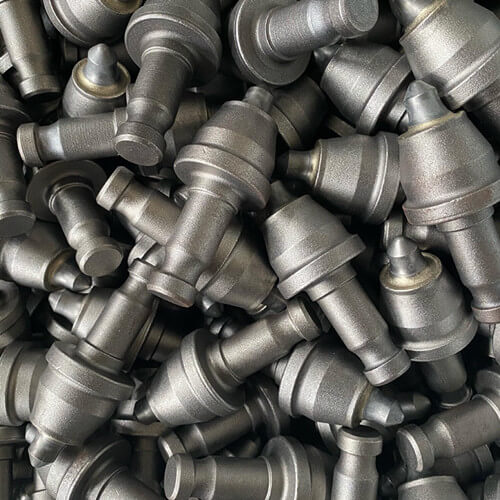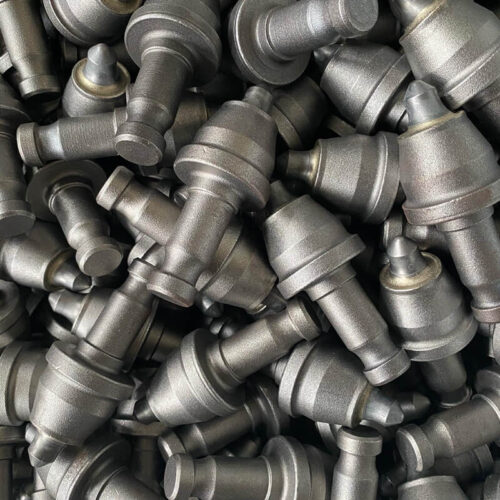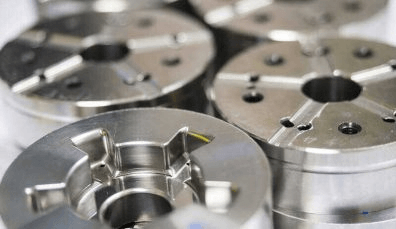Cold extrusion, an essential process in the manufacturing sector, has dramatically improved the way companies produce intricate and high-strength parts. From automotive components to household products, the technique delivers efficiency and exceptional product quality. Here are five critical facts machine users should know about the cold extrusion process:
No Heat is Involved:
Cold extrusion implies that no external heat is applied to the material being extruded. Instead, the process involves deforming a billet, often a metal, at room temperature or slightly higher. The deformation is achieved by using high pressure that forces the billet through a die, creating parts with a constant cross-sectional profile. While the process doesn’t require preheating, friction and pressure during extrusion might increase the material’s temperature, but it typically remains below its recrystallization point.
Excellent Dimensional Accuracy and Surface Finish:
Cold extrusion boasts of remarkable dimensional accuracy and smooth surface finishes. The cold working of the material realigns its grain structure, resulting in increased strength and hardness. Consequently, it can create detailed, complex shapes with precise tolerances, often eliminating the need for additional machining or finishing.
Environmentally Friendly:
The cold extrusion process is an environmentally conscious choice in the manufacturing sector. As it requires no heat, it conserves energy. Furthermore, it involves minimal waste as the raw material is fully utilized. The absence of oxidization prevents the release of harmful fumes, and the coolants or lubricants used are often less damaging to the environment than in hot working processes.
Versatility of Materials and Applications:
Cold extrusion can work with a wide array of materials, including aluminum, copper, steel, tin, lead, and even some plastics. This flexibility, combined with its high efficiency and precision, has made it a go-to choice in various industries, including automotive, aerospace, electronics, and home appliances. It’s widely used for making parts like gears, screws, bolts, shafts, and numerous other precision components.
Requires Robust and Durable Machines:
Due to the high pressures involved in cold extrusion, machines utilized in this process need to be robust and durable. High-quality, hardened steel dies are often used to withstand the pressure. Additionally, the machines require regular maintenance and careful operation to ensure safety and prolong service life.
For more about cold extrusion process and extruded products, go here.



